Why the triple-camera DJI Mavic 3 Pro is our camera device of the year – sorry, mirrorless fans
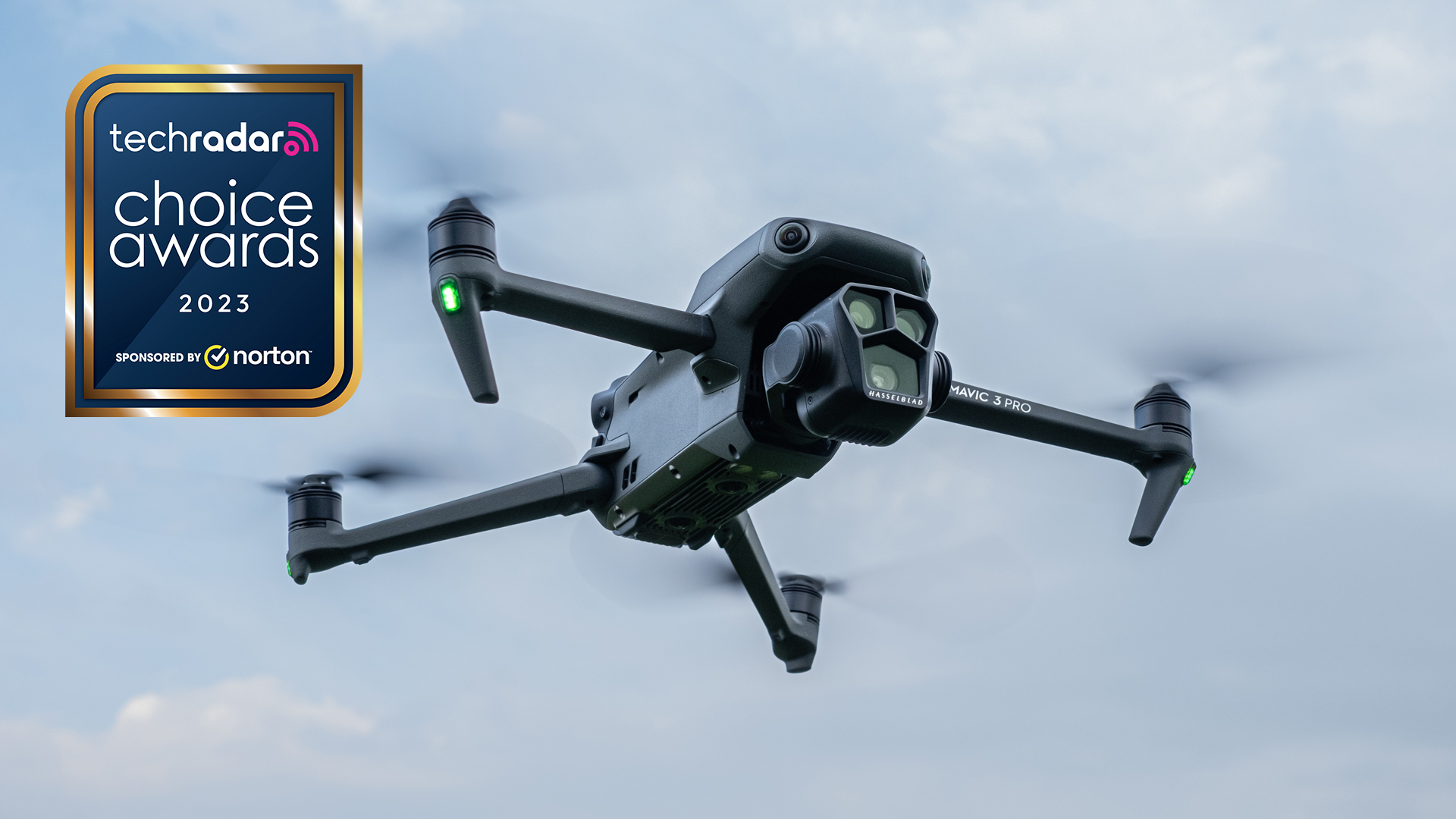
I know what you’re thinking. Shouldn’t the Camera of the Year award at the TechRadar Choice Awards 2023, sponsored by Norton, go to one of the best mirrorless cameras, like this year’s Sony A7R V, Nikon Z8 or Panasonic S5 II pro models? As capable as the latest mirrorless cameras are, 2023 has been the year of the drone, and that means DJI.
In both quantity and quality, the industry leader has delivered, updating almost every major model in its range with meaningful improvements in the space of 12-months, with honorable mentions going to the Mavic 3 Classic and Air 3. In fact, the recent sub-250g Mini 4 Pro has such impressive safety features that it left us wondering if you even need a weightier drone anymore, and the consequent hassle of registration. However, that model arrived a little late to be considered for this year’s awards.
It’s not just DJI delivering the goods. The Hover X1 is a pocket full of fun, the Potensic Atom is an excellent Mini 3 alternative for a fraction of the price, while the BetaFPV Cetus Pro is another perfect choice for beginners looking to earn their wings. Drone pilots are getting more bang for their buck than ever, whatever skill level and budget.
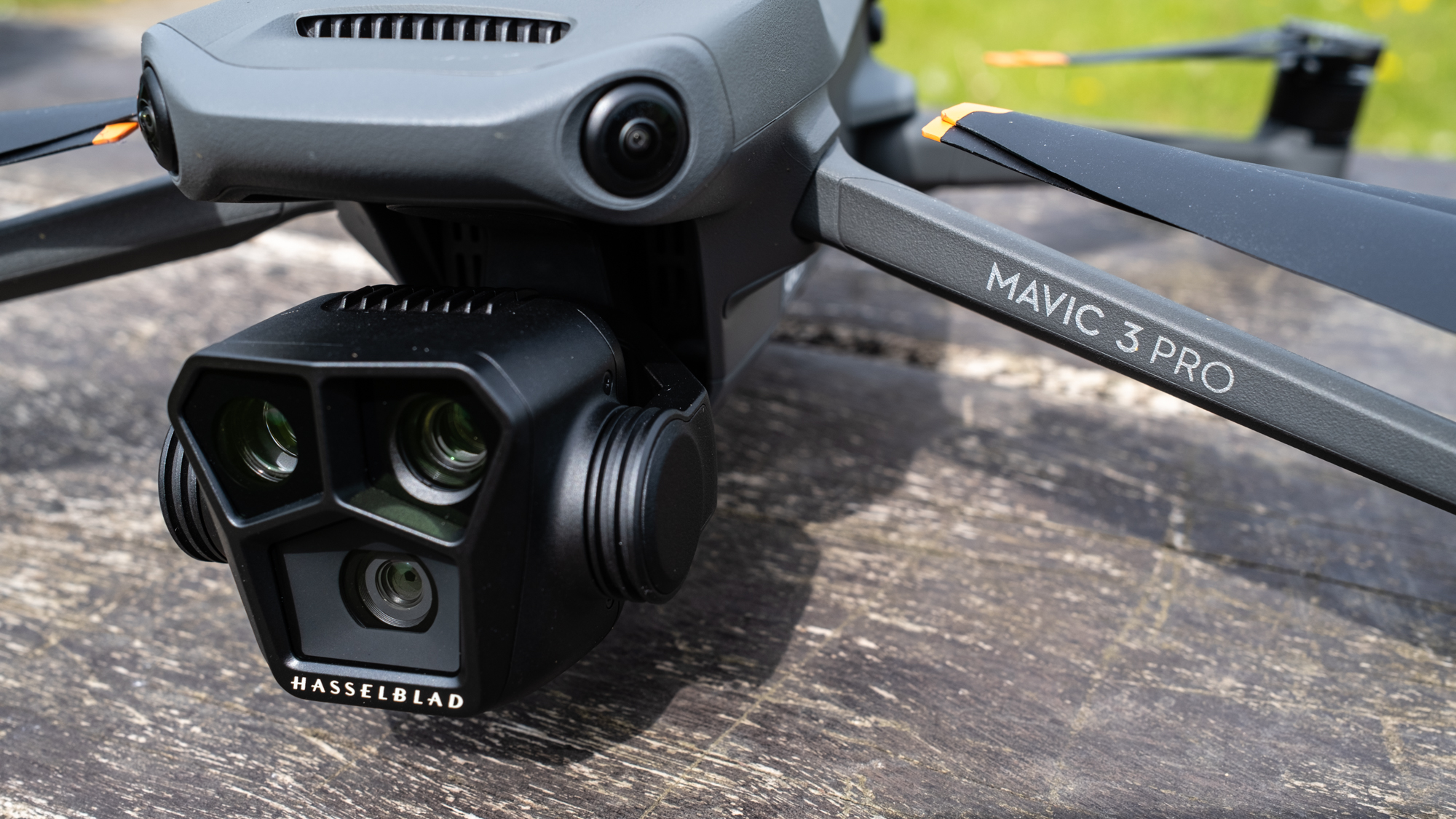
Yet the consumer drone that stands head and shoulders above the rest this past year is undoubtedly the Mavic 3 Pro. DJI’s crowning achievement is the world’s first triple-camera drone, making it the most versatile solution for aerial photography, and one of the best drones ever – and that's a worthy winner at our TechRadar Choice Awards 2023.
The versatile choice for aerial photography
The Mavic 3 Pro’s triple-camera array includes a 24mm wide angle main camera, mid 70mm telephoto and 166mm telephoto lens, making it a super versatile photography tool.
That main camera is the same unit as found in the Mavic 3 Classic, and has a variable aperture, 20MP Four Thirds sensor with outstanding 10-bit 5.1K video image quality and D-Log M color profile at 200Mbps, or Apple Pro Res recording at a much higher bitrate. Put simply, this is pro spec video quality.
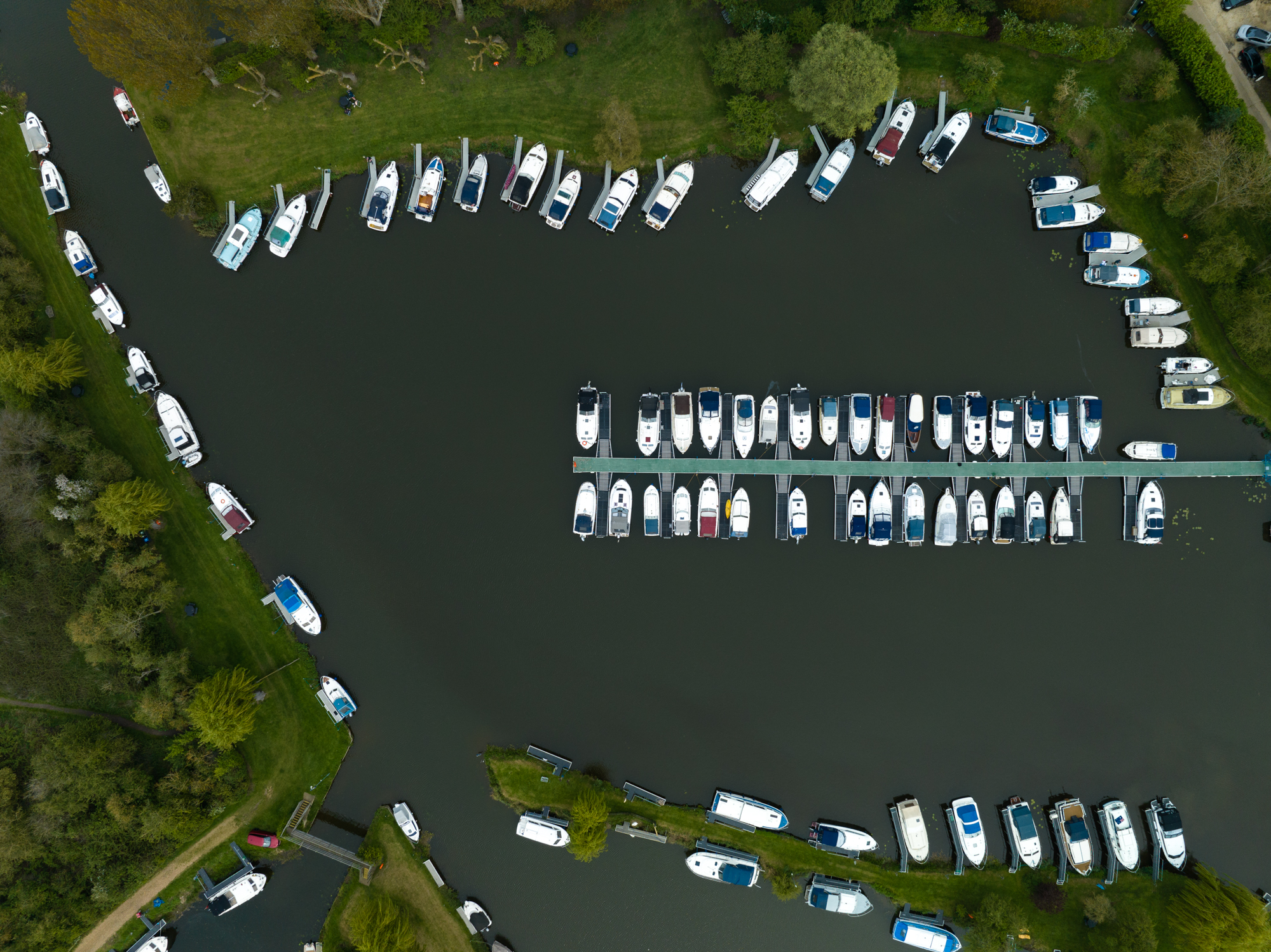

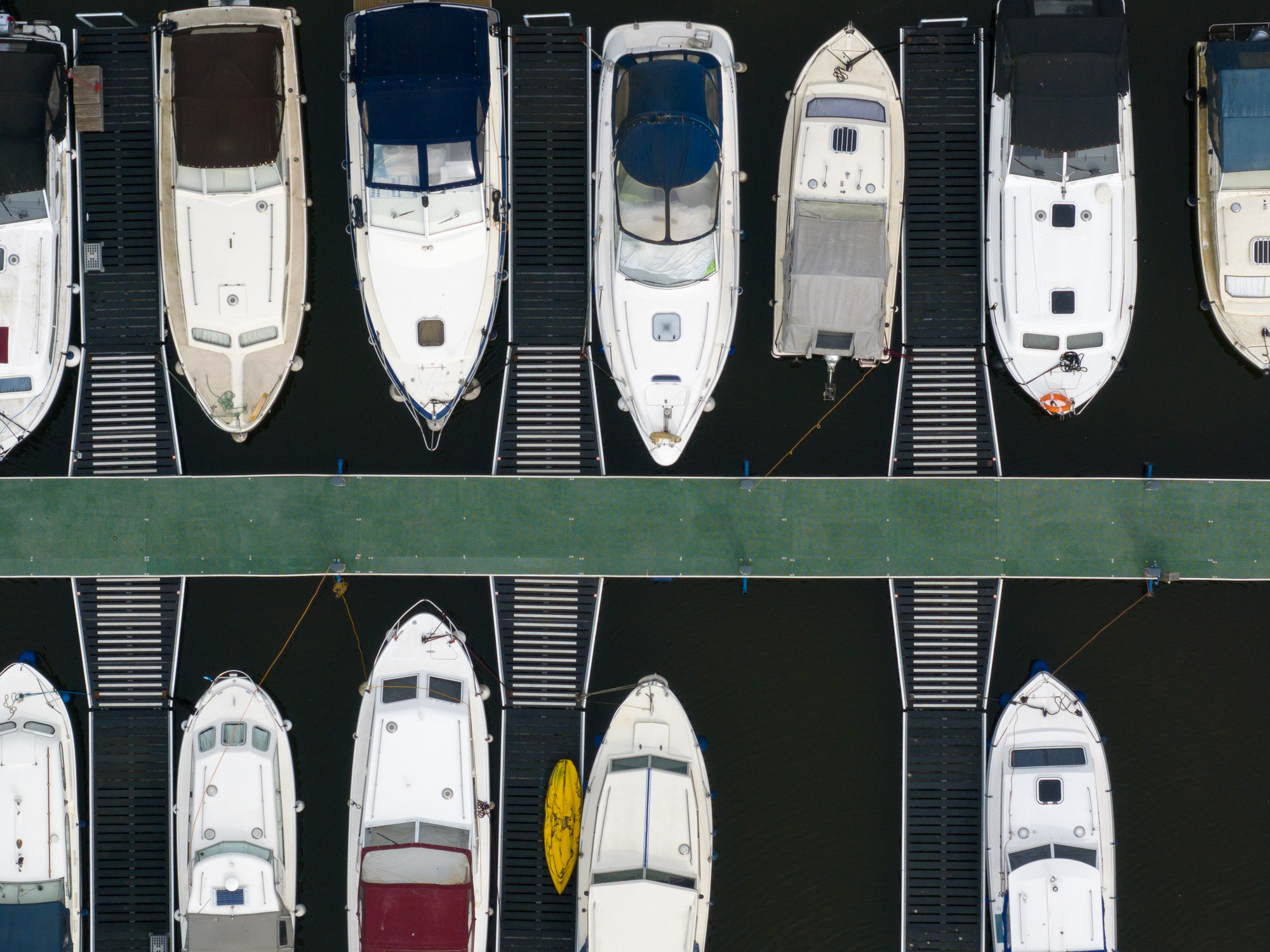
If you need to get closer, the 70mm mid-telephoto camera uses the same 12MP / 48MP 1/1.3-inch sensor as the Mini 3 Pro, which means it’s still a highly capable camera, while the third 166mm telephoto lens uses a 12MP 1/2-inch sensor that, while not able to match the quality of the other cameras, is ideal for getting in close to your subjects or enabling you to keep your distance, which does come in handy more often that you might think. You can see a comparison of the three cameras, above.
Sign up for breaking news, reviews, opinion, top tech deals, and more.
An extra camera makes the Mavic 3 Pro marginally heavier than its predecessor, which unfortunately tips it into the C2 category for EU users and imposes greater flight restrictions; you’ll need to keep it at least 150m from built-up areas or 50m from uninvolved persons. However, those EU restrictions are overcome somewhat for aerial photography thanks to the additional telephoto camera.
While the triple-camera array is the crowning feature of the Mavic 3 Pro, it is ably supported by industry-leading safety features including omnidirectional collision avoidance, Advanced Return to Home, and super-accurate GPS for precise hovering.
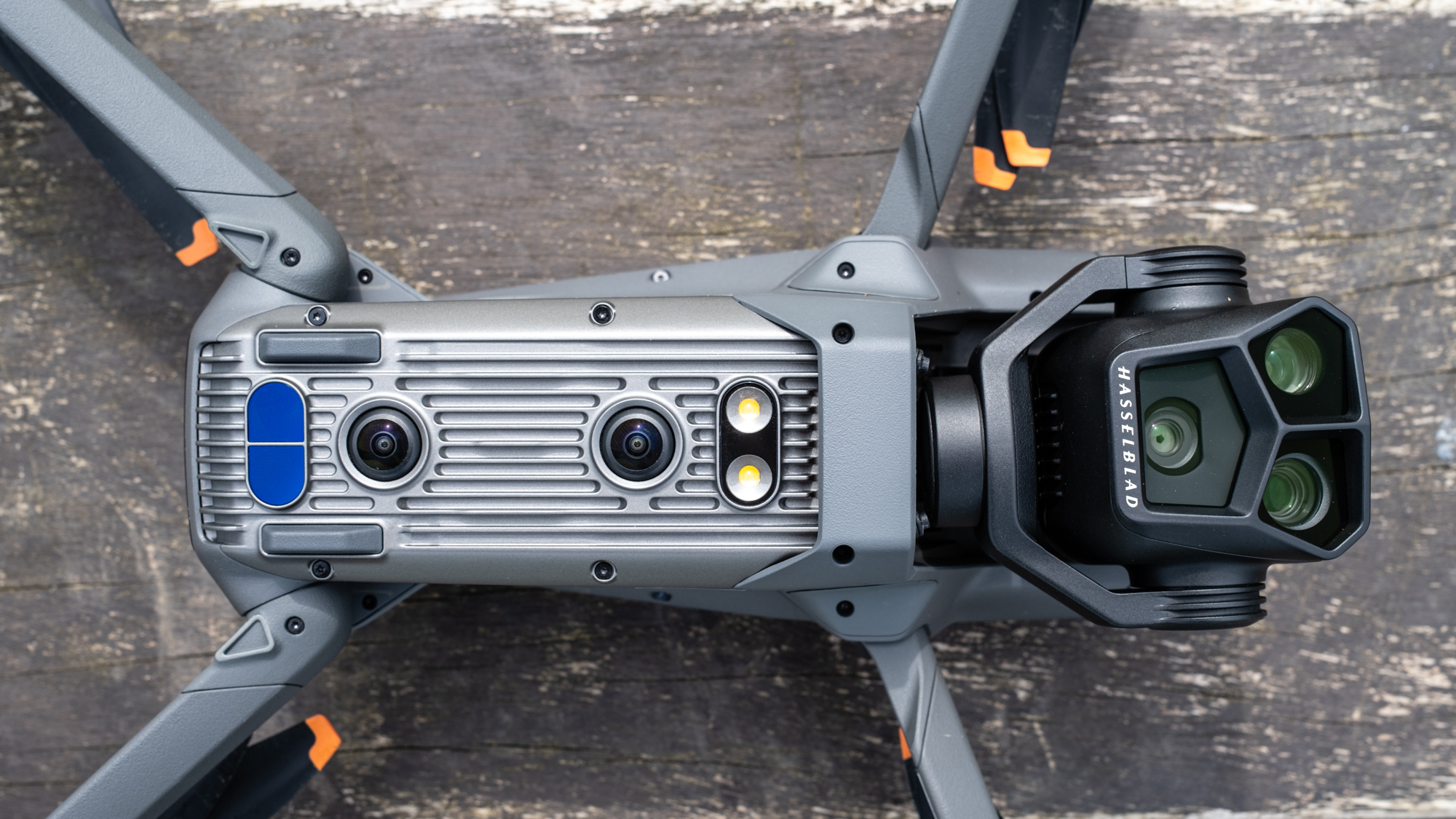
There are also some mightily impressive flight features, including ActiveTrack 5.0 subject tracking, plus automated Quickshots flight patterns that enables you to map out a precise flight path and moves.
Image quality, safety features and flight control – the triple camera Mavic 3 Pro has nailed it. Three really is the magic number.
You might not need everything the Mavic 3 Pro can do, and I’ll be the first to admit that I was skeptical about how effective and useful the two telephoto cameras would be, but those initial reservations quickly quelled, with all three cameras shooting raw and JPEG stills and pro spec video, in a portable package.
In the (off-camera) words of our team, “the Mavic 3 Pro is a bloody good drone” that has made the biggest impact of any camera device in the last 12-months. Kudos, DJI, you’ve had one hell of a year.

Tim is the Cameras editor at TechRadar. He has enjoyed more than 15 years in the photo video industry with most of those in the world of tech journalism. During his time as Deputy Technical Editor with Amateur Photographer, as a freelancer and consequently editor at Tech Radar, Tim has developed a deeply technical knowledge and practical experience with cameras, educating others through news, reviews and features. He’s also worked in video production for Studio 44 with clients including Canon, and volunteers his spare time to consult a non-profit, diverse stories team based in Nairobi. Tim is curious, a keen creative, avid footballer and runner, and moderate flat white drinker who has lived in Kenya and believes we have much to enjoy and learn from each other.